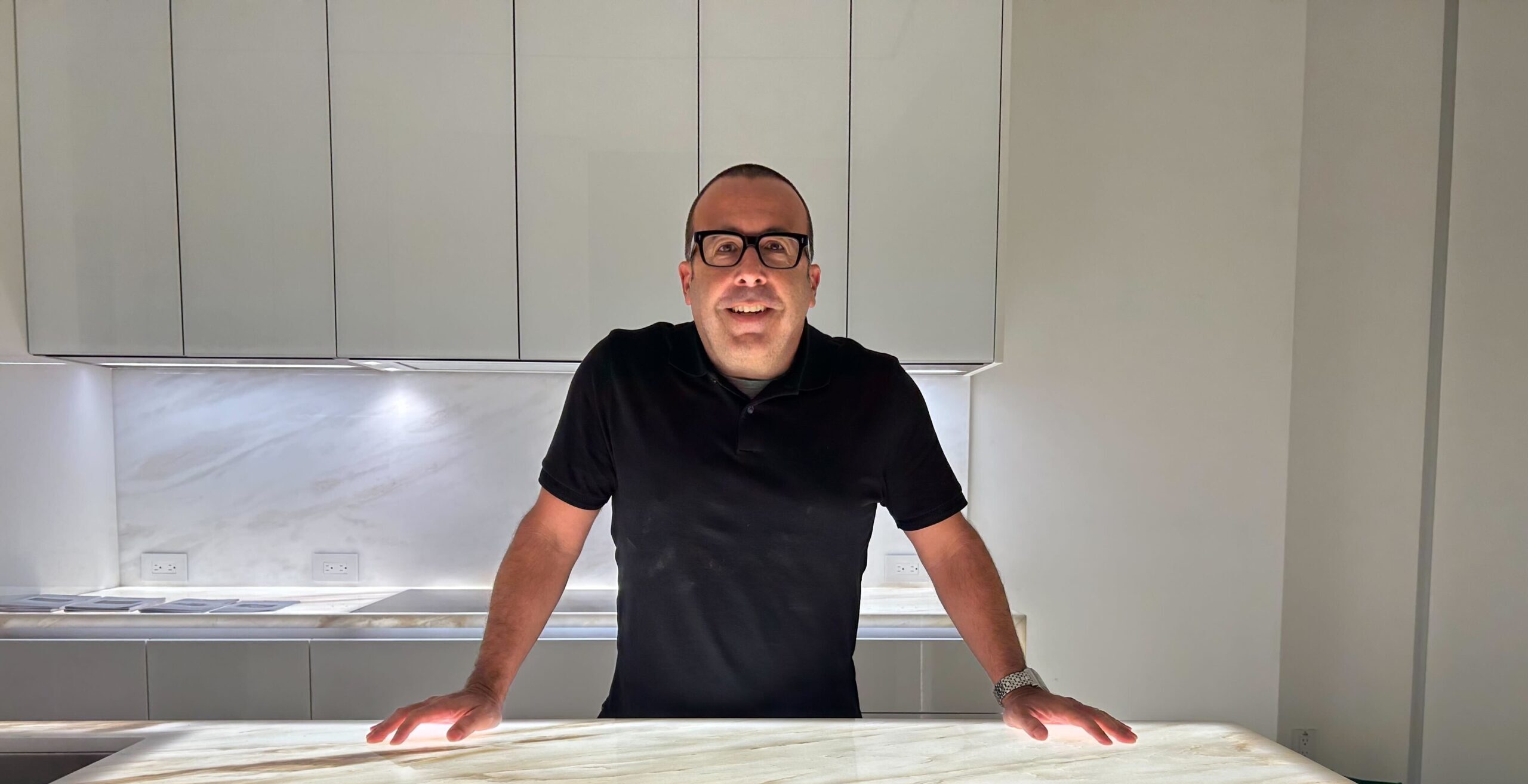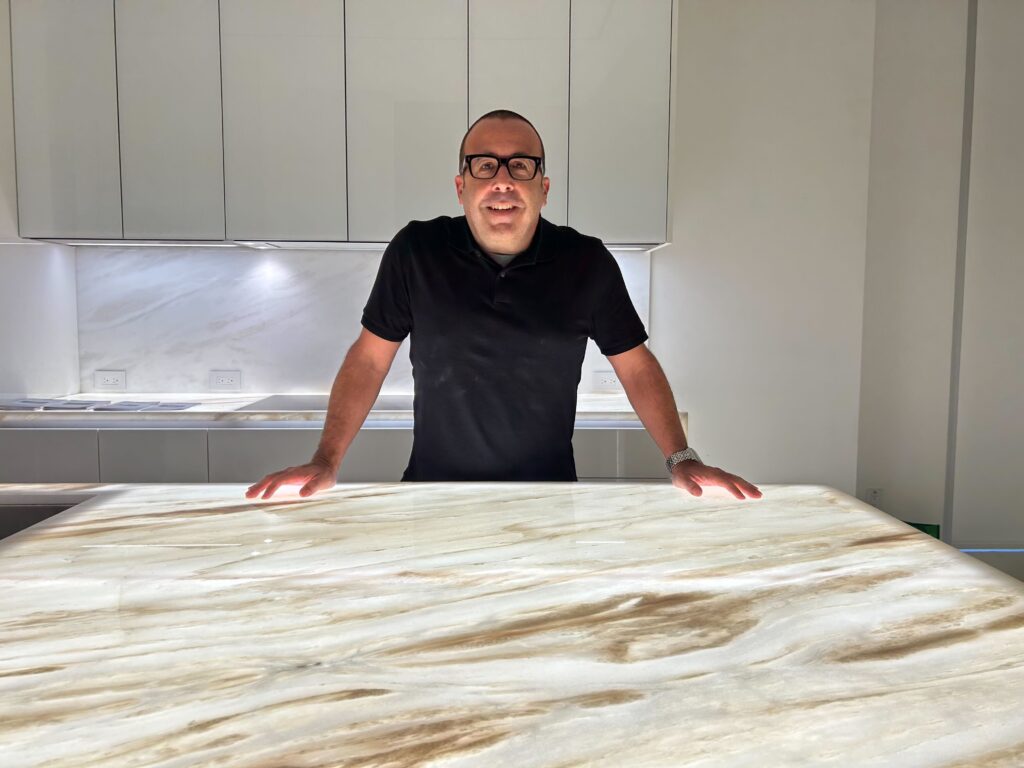
Architectural Influences: An Interview with Stuart Debowsky on Italian Architect, Aldo Rossi

We sat down recently with Debowsky Design Group Founder and President Stuart Debowsky to talk about one of of his architectural influences, Italian Architect Aldo Rossi, and how the designer has impacted Stuart’s own career and approach to design as he now designs residential homes across South Florida for his clients.
Who is an architectural influence of yours?
Italian”Rationalist” Architect, Aldo Rossi, was a huge influence in the early 90’s during my formative years as a young architectural student and intern. In 1990, as I was graduating high school, he won the Pritzker Prize and was recognized as the best in the world at the time.
Can you describe a specific work that has had a lasting impression on you and why?
Rossi had a body of work that was both complex and simple at the same time; his buildings “all looked the same,” and yet, do not resemble one another at all. The irony, for me, is that the first structure of his that ever captivated my attention, indeed my introduction to the man, was the Ziff Tower, a design that was never constructed and was originally intended for the University of Miami’s School of Architecture. In the 90s, as a young man, I was excited to welcome a world-renowned building to my college campus; this was to be the start of UM’s “metamorphosis” towards a world-class institution of higher learning. I got swept up in the romantic notion of a tower that would serve as the landmark structure of my new “home away from home.” The idea would eventually get lost (perhaps due to budget), and my first feeling for this lifestyle would never be realized.
What is it about this architect that draws you to their work?
Rossi was an Italian architect and designer (anything Italian gets my heart), accomplishing international recognition in three distinct areas: theory, drawing and architecture. His work made him an influential name – a STARchitect, if you will – in the second half of the 20th century and I learned of him as I entered into my formal education. To Rossi, the modern city was considered an “artifact” of architectural constants, so rather than disrupt this fabric with shockingly new, individualistic architectural structures (think New York), he maintained that sensitive architects should respect the context of the city and its inherited architecture; this resonated with my young mind as I struggled to connect to the profession and figure out what my contribution to the built environment would (eventually) be. He argued that a city must be studied and valued as something constructed over time and that buildings only emerged to life once they were inhabited by the people and in its contextual surroundings. Rossi is considered one of the founders of Neo-Rationalist movement and was once described as “a poet who happens to be an architect.” His understanding of buildings would eventually translate into the imaginative design of modern appliances, objects and furniture.
How has this architect influenced your own approach to architecture or design?
In truth, I am not aware of any residential Rossi projects that would be valued as a part of his legacy. Perhaps he was too famous to live in a world of home design and living. This great mind was introduced to me as I started to develop my own approach to the profession so I modeled my design “style” after his; I tried to use his pattern of thought to approach the design issues I faced as a student (and professional). All these years later, I do not believe that I possess a fraction of his talent – and none of his fame – but his influence on the way I design, even the way I approach any problem is evident in most of my practice. As a young man, I needed to know that creativity was only half the battle. He allowed me to harness the organizational side of my brain and the connection I always felt between the work and the words we used to talk about architecture. Without ever meeting, I felt heard because of him.
If there is one critique you have about this architect’s work, what would it be?
In the end, his “rationalism” just comes off – to the average person – as modern. That has a tendency to be a euphemism for cold, of lacking detail/ornament. I always appreciated that his love for pure geometry (the perfect square, a circle, a cylinder) was always part of the solution, but the critics point out the childlike nature of platonic forms – it was all too simple. As my practice developed, in a Miami that loves its history and still begs to be cutting edge with form at the same time, I can feel the struggle. When working in a client’s home, we are certain to pick a moment or two to try to be “extraordinary.”
If you could collaborate with this architect on any project, what would you like to create?
Unfortunately, Rossi passed away a few years back. It would have been amazing to build a large home with his guidance – in Miami or otherwise – for the experience of the collaboration. His design process and theoretical approach fascinate me more than the built results. Ironically, I think his “style” could easily adapt to the contemporary large-scale new construction homes in Pinecrest and his understanding of history/context would allow for a masterpiece in Coral Gables, too. For me, it was always about buildings standing proud and welcoming – like any good home should.
